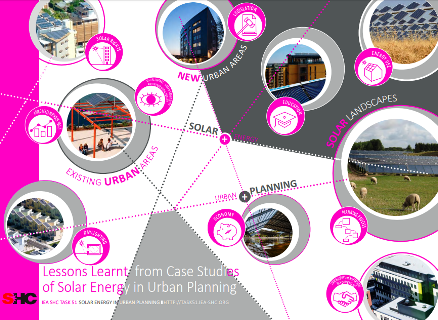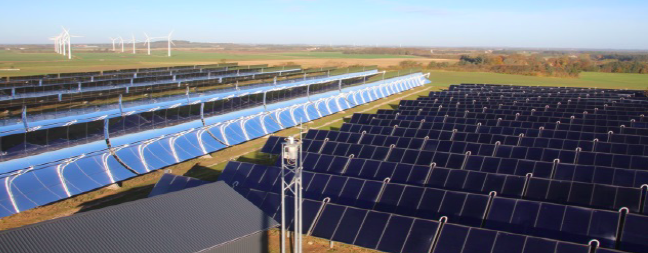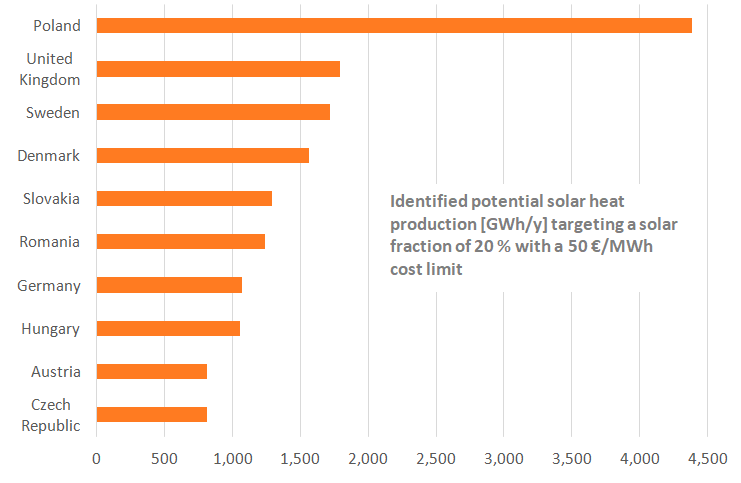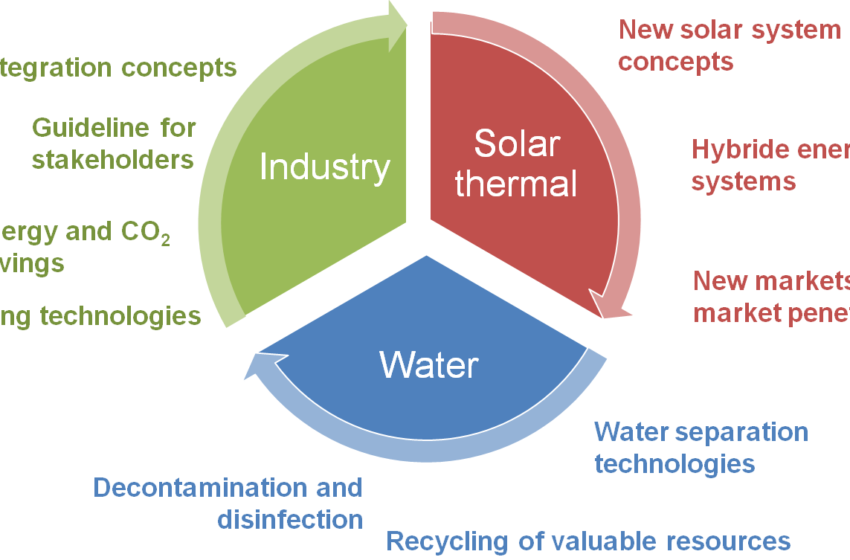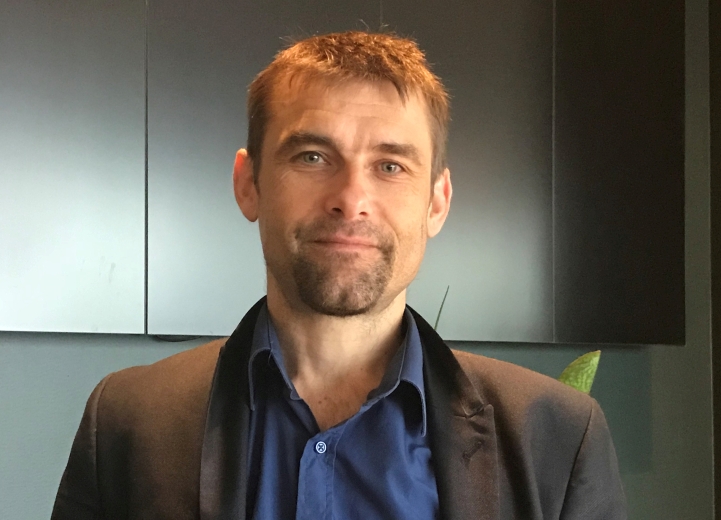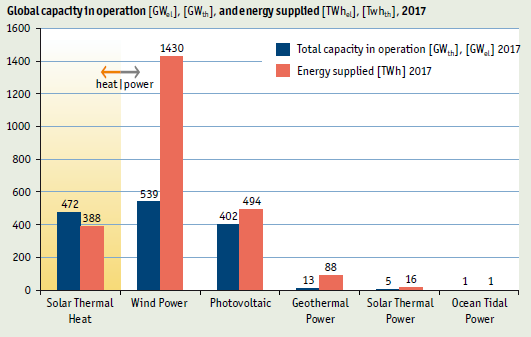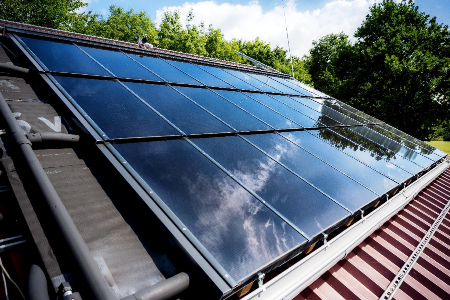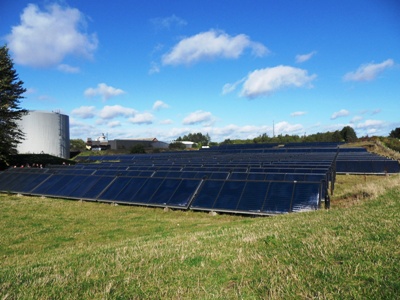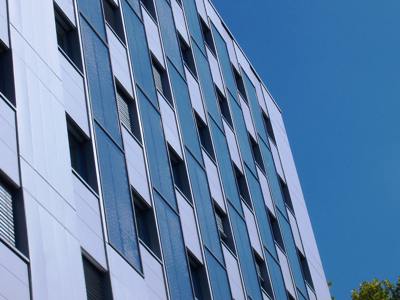Cities and municipalities are thought to play a decisive role in transforming energy systems. Urban planners, municipal stakeholders and consulting firms need case studies to demonstrate that solar energy can […]Read More
Task 55 of the IEA SHC Programme is currently studying the benefits of systems equipped with both flat plate and parabolic trough collectors to supply thermal energy to district heating […]Read More
Most small European towns connected to a district heating network have enough land available for a solar field to meet 20 % of heat demand. In all, 93 % of […]Read More
Water and energy are the most important resources globally. The term ‘water-energy nexus’ was coined to underline their close connection, and the phrase has become increasingly popular with international environmental […]Read More
The new chair of the IEA Solar Heating and Cooling Programme, also known as IEA SHC, will be Daniel Mugnier, a leading expert in solar cooling. Mugnier, who heads the […]Read More
By the end of 2017, the market for solar heating and cooling had grown by 472 GWth, which again made it the largest for solar energy in the world. The […]Read More
A rising number of manufacturers and suppliers in Europe are offering combined photovoltaic and solar thermal systems, also known as PVT units. This was one of the main messages of […]Read More
The next Solar Academy webinar on Tuesday 12 June 2018 from 3:00 to 4:30 PM CEST (Central European Summer Time) will highlight the key data and findings of the two […]Read More
Once a large solar field is set up at its designated location, what tests can be conducted to show that it performs as expected? Soon, the IEA Solar Heating & […]Read More
Active and passive solar systems integrated into building envelopes are key to combatting climate change. However, there are many barriers which confine current solutions to the demonstration stage and prevent […]Read More
